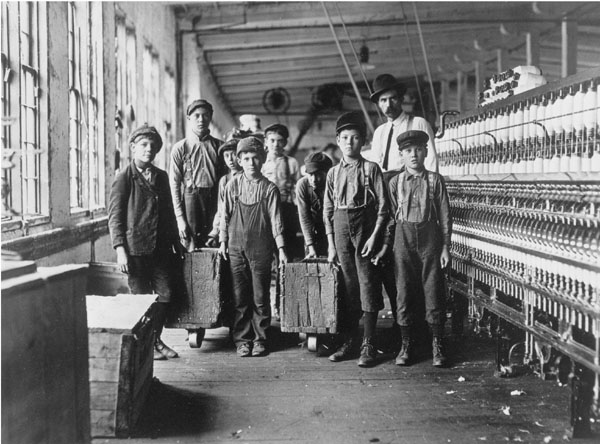Eugene Richards is an award-winning photographer, known for his work that covers a wide breadth of topics. He has covered rural poverty in Arkansas, drug addiction, breast cancer, aging in America, AIDS, river blindness, the war on drugs, and the war on Iraq. Aside from his website, his work can be seen here, here and here.
Among his accolades:
- Guggenheim Fellowship
- National Endowment for the Arts grants
- W. Eugene Smith Memorial Award
- Leica Oskar Barnack Award
- Olivier Rebbot Awards from the Overseas Press Club
- Canon Photo Essayist Awards
- Robert F. Kennedy Lifetime Achievement Journalism Award
- Award of Excellence from the American College of Emergency Physicians
- Photojournalist of the Year by the International Center of Photography
- Infinity Award for Best Photographic Book from the International Center of Photography
- Kraszna-Krausz Award for Photographic Innovation in Books
Richards is also a fellow of The Nation Institute, an independently funded organization, committed to a just society and the principles of the First Amendment.

 went to work full-time as an investigative photographer for the
went to work full-time as an investigative photographer for the  Businesses liked to hire children because of their small, nimble hands and because they could pay children lower wages than adults. Children that worked rarely had the chance to go to school and gain an education, and many developed serious health problems as a result of the work they were doing. Many child laborers were underweight, and some suffered from stunted growth and curvature of the spine. They developed diseases like tuberculosis and bronchitis as a result from their work environment, like coal mines and cotton mills. The on-the-job accident rate was high due to the long hours of hard work the children endured.
Businesses liked to hire children because of their small, nimble hands and because they could pay children lower wages than adults. Children that worked rarely had the chance to go to school and gain an education, and many developed serious health problems as a result of the work they were doing. Many child laborers were underweight, and some suffered from stunted growth and curvature of the spine. They developed diseases like tuberculosis and bronchitis as a result from their work environment, like coal mines and cotton mills. The on-the-job accident rate was high due to the long hours of hard work the children endured.